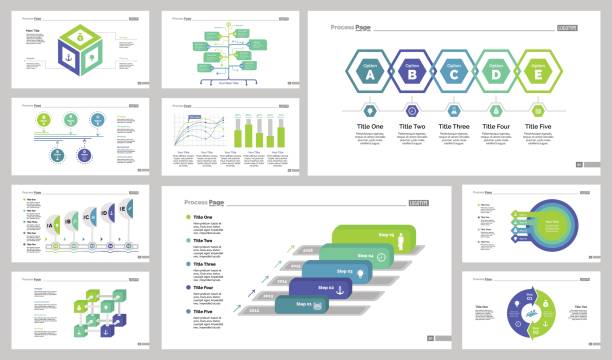
Shopify Store Multilingual with Headless Architecture
We’ve worked together for years and have always been asked the same question: “How can I add multiple languages to Shopify?”
It is not an unreasonable request. Many of our clients work and live in the EU, just like us. It is the largest trading bloc in the world and a single platform for commerce and business. Consequently, clients consider other EU countries as members of the same marketplace.
The EU is united on business but not on language. The beauty of the EU lies in its diversity of languages and cultures. Each of these can be combined to create something more than the sum of their parts. A single language is insufficient to take advantage of all the EU’s potential fully. Businesses must adapt their stores to the customers’ language to give them the best experience possible.
There are many reasons why Shopify should be multilingual. Our clients come from all corners of the globe, so they don’t just have to be within the EU. Any client who wants to expand internationally will need to make their store multilingual.
However, Shopify did not have a satisfactory method to allow multiple languages to be added to their stores until recently. We’ll show you the reasons why previous methods didn’t work and why we chose headless architecture to solve this problem.
Problem
The problem is actually Shopify’s strength. , the e-commerce platform, is an all-in one solution to building stores. It offers everything, from inventory management to CMS, customisation and POS. This approach has been successful. Shopify is the best SaaS-based e-commerce platform. It offers everything you need at a very high or good level.
Shopify can’t be considered the best in every aspect of ecommerce, even though it covers more ground than other platforms. CMS is an example of such an aspect. Shopify’s CMS is not the best, but it’s still good. It does not have advanced CMS modeling or multi-language translation capabilities. Shopify does not support multiple languages without some kind of tweaking.
Multilingual stores and translation apps
Prior to headless, Shopify users who needed a multilingual store could choose from two options: either creating multiple instances or using translation apps.
Multiple languages and multiple shops
Shopify provides its customers with another instance of their store as a standard feature. Users can create an entirely new store by essentially replicating their store from the Basic to Advanced plans. Shopify Plus customers have the ability to create up to 12 instances of their store. This allows for the possibility of multilingualism.
You can select the language of each store with every new instance. Non-Plus users have the option to create two stores, each with a different language and a separate back-end. Plus users can have twelve additional stores. It’s quite a lot. After briefly addressing translation apps, we will return to the pitfalls.
Langify Translation App
Shopify’s App Store offers apps for almost everything. This includes the ability to translate a store into multiple languages. Langify can be used to translate a store into multiple languages. Weglot can be used as another. They could be the answer to your problem. It depends. They can translate Shopify stores into many languages. But at what price? It’ll cost you more than the one you are willing to pay.
Solutions that are not satisfactory
We’ll be discussing the reasons that none of these ‘solutions” is viable. These are just a few.
Content management tasks have increased
Each adjustment must be made separately for each duplicate of a Shopify backend. Every product upload, each new image and every bit of text must be done separately. Each instance must have each item completed separately. If you only have two, it’s not the end of the universe. If you are a Plus user who has an international brand, or if you ever hope to, you will need to enter new information four, five and six times.
Duplicate stores, duplicate subscriptions
Each back-end app that you use to manage your Shopify store must be installed. If those apps require a monthly subscription, you will have to pay that for each instance.
Account management and customer information decentralised
Imagine that you have shops in Dutch and German. Two distinct back-ends that support two different languages. Customers’ information is kept separate. A customer placing an order to the Dutch store doesn’t show up in the German store, and vice versa. Information about your account is also available. Dutch customers cannot log in to German stores and view their accounts. The helpdesk can’t efficiently gather all the information needed from one location. This is far from ideal.
You cannot mix and match currencies and languages
Customers cannot choose between different currencies and languages. This is a common problem that many people don’t consider. A German customer who is English would not be able to shop in English but pay in Euros. This type of user experience is bound to cause traffic and conversion problems.
The headless solution
It has been a lot of doom and gloom, isn’t? Shopify’s inability to offer multilingual options has made us frustrated, but we are hopeful. We are happy to report that there is now an acceptable solution. It doesn’t slow down site speed or SEO, and it doesn’t leave shop owners with more work. It is a headless architecture.



